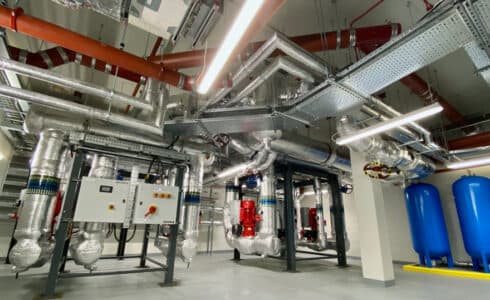Frequently Asked Questions
What is a cleanroom and why is it necessary?
A cleanroom is a special space where dust, germs, and tiny particles are kept out to make it as clean as possible. They are very important in industries like medicine and electronics to ensure products are safe and high-quality.
How can I find out the right cleanroom classification for my industry?
The classification is based on how many particles are allowed in the air. Different industries have different needs. For instance, the medicine field may require a cleaner space than the electronics field. Knowing your industry’s rules will help you choose the right classification.
What materials are best for building a cleanroom?
The best materials for a cleanroom are those that are easy to clean, don’t produce dust, and can resist chemicals. Common choices include stainless steel and epoxy-coated surfaces, as they help maintain cleanliness and durability.



